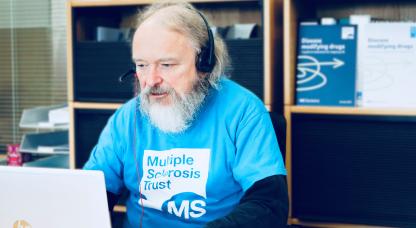The Poser criteria were a tool previously used by neurologists to diagnose multiple sclerosis. They were developed by a team led by Dr Charles Poser and were published in 1983. The Poser criteria established the framework for diagnosing MS until they were replaced by the currently used McDonald criteria which reflect the breakthrough of using magnetic resonance imaging (MRI) in the diagnosis of MS.
Like the current McDonald criteria, the main requirement for diagnosing MS using the Poser criteria was finding evidence of damage to the central nervous system (the brain and spinal cord) which had occurred at different times (dissemination in time) and in different areas (dissemination in space).
The Poser criteria were developed before MRI scans had become an established part of the diagnosis of MS. However they did make use of new laboratory tests such as evoked potential tests to look at the speed of nerve messages and lumbar punctures to collect and analyse spinal cord fluid.
Poser's team defined different levels of certainty in the diagnosis of MS, either definite or probable.
- Clinically definite MS: requires evidence of two relapses, each lasting more than 24 hours and occurring more than one month apart, together with clinical evidence of lesions in two places within the central nervous system.
- Laboratory supported definite MS: requires evidence of two relapses and one lesion or one relapse and two lesions, both supported by evidence from a lumbar puncture showing more protein bands than usual in the spinal fluid.
- Clinically probable MS: same as the above but without evidence from a lumbar puncture.
- Laboratory supported probable MS: requires evidence of two relapses, supported by a lumbar puncture, but without evidence of lesions.
Some older clinical trials refer to the Poser criteria. If you have been living with MS for many years, you may have been diagnosed using them.

